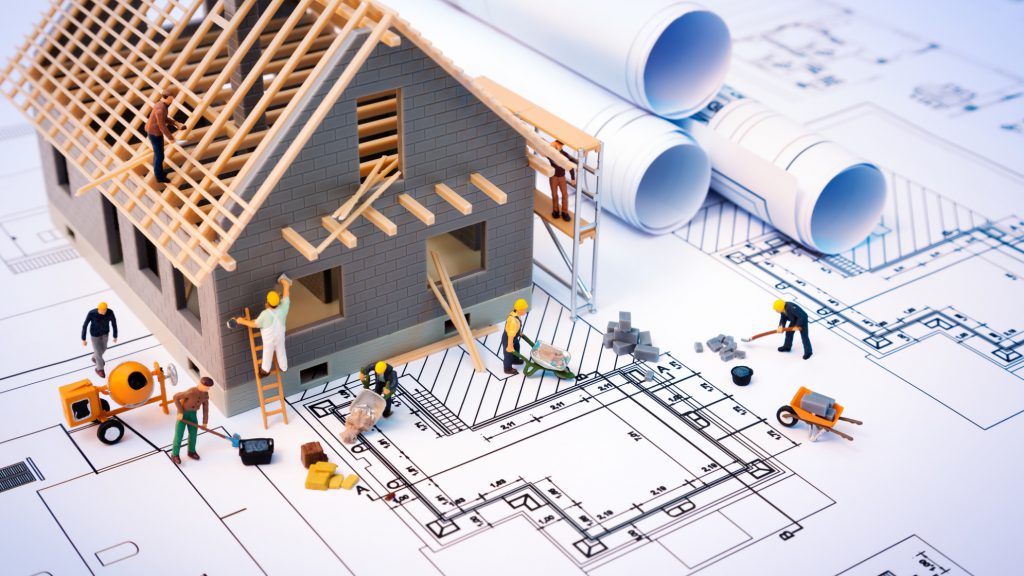
Moving into a newly built home is a dream for many.
Getting to that stage, though, is no easy task and is the culmination of months, even years, of hard work and great planning.
From finding a suitable site for development to handing over the keys on a finished home takes a good deal of experience and knowhow. Knowledge of the planning process is a must, as is patience and tenacity.
The basics of land development include several key steps:
1. Site selection
The first step in land development is to select a suitable site that meets the needs and goals of the project, and one that is suitable for development under planning policy. Factors such as topography, access to utilities and proximity to amenities should be considered when choosing a site.
2. Planning and design
After a site has been selected, the next step is to create a detailed plan for the development. This includes creating site proposals, architectural designs and engineering drawings that outline the proposed use of the land, the location of buildings and structures, and the provision of infrastructure such as roads, water supply, and sewer systems.
3. Permission and approvals
Before any construction can begin, the proposed development must be approved by the relevant local authority. Contact the local planning officer who will be able to give you advice on what may or may not be given permission. For large schemes, engagement with the local community is also essential.
4. Site preparation
Once the necessary approvals have been obtained, the next step is to prepare the site for construction. This includes grading the land, installing utilities and infrastructure, and clearing any vegetation or other obstructions.
5. Construction
The final step in the land development process is construction. This involves building the structures, roads and other improvements outlined in the plans and designs.
6. Maintenance and management
After the construction is complete, the land must be maintained and managed. This includes tasks such as landscaping, upkeep of infrastructure, and regular inspections to ensure the development complies with all regulations and standards.
Land development can be a complex and time-consuming process, but the result is a piece of land that is ready for use and can provide value for years to come.
If you are looking for a development partner, get in touch.

Dean Williamson MRICS